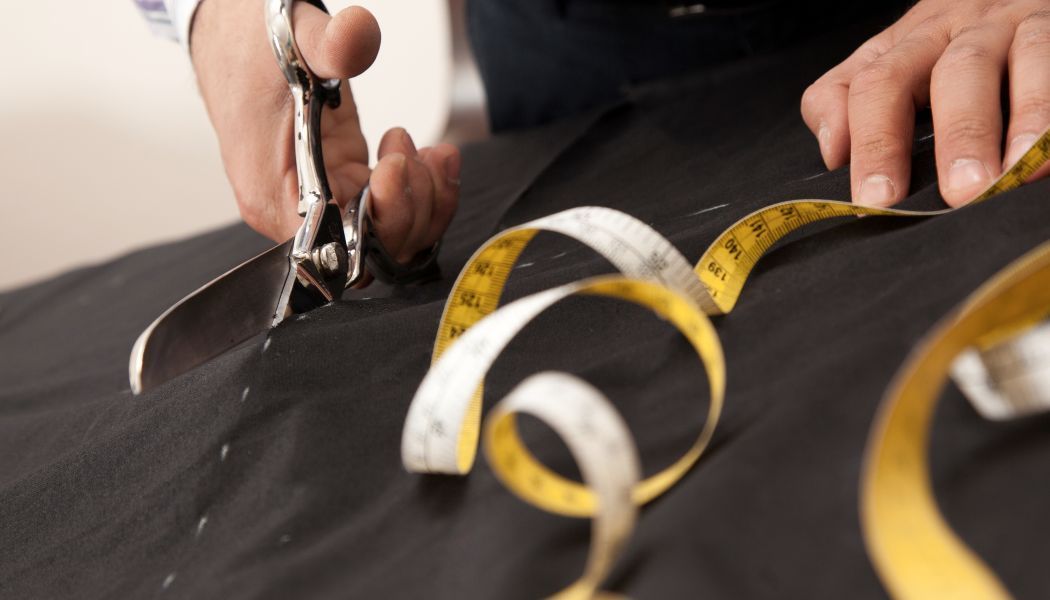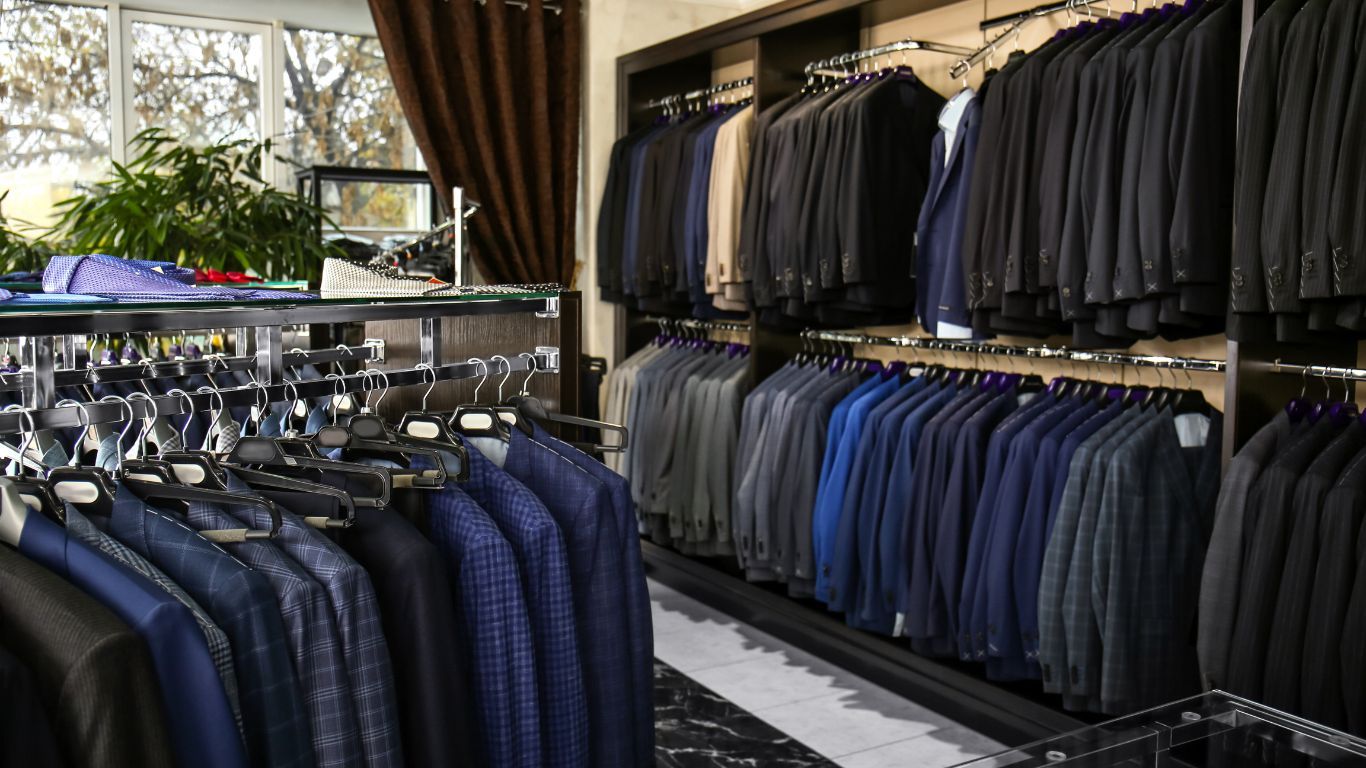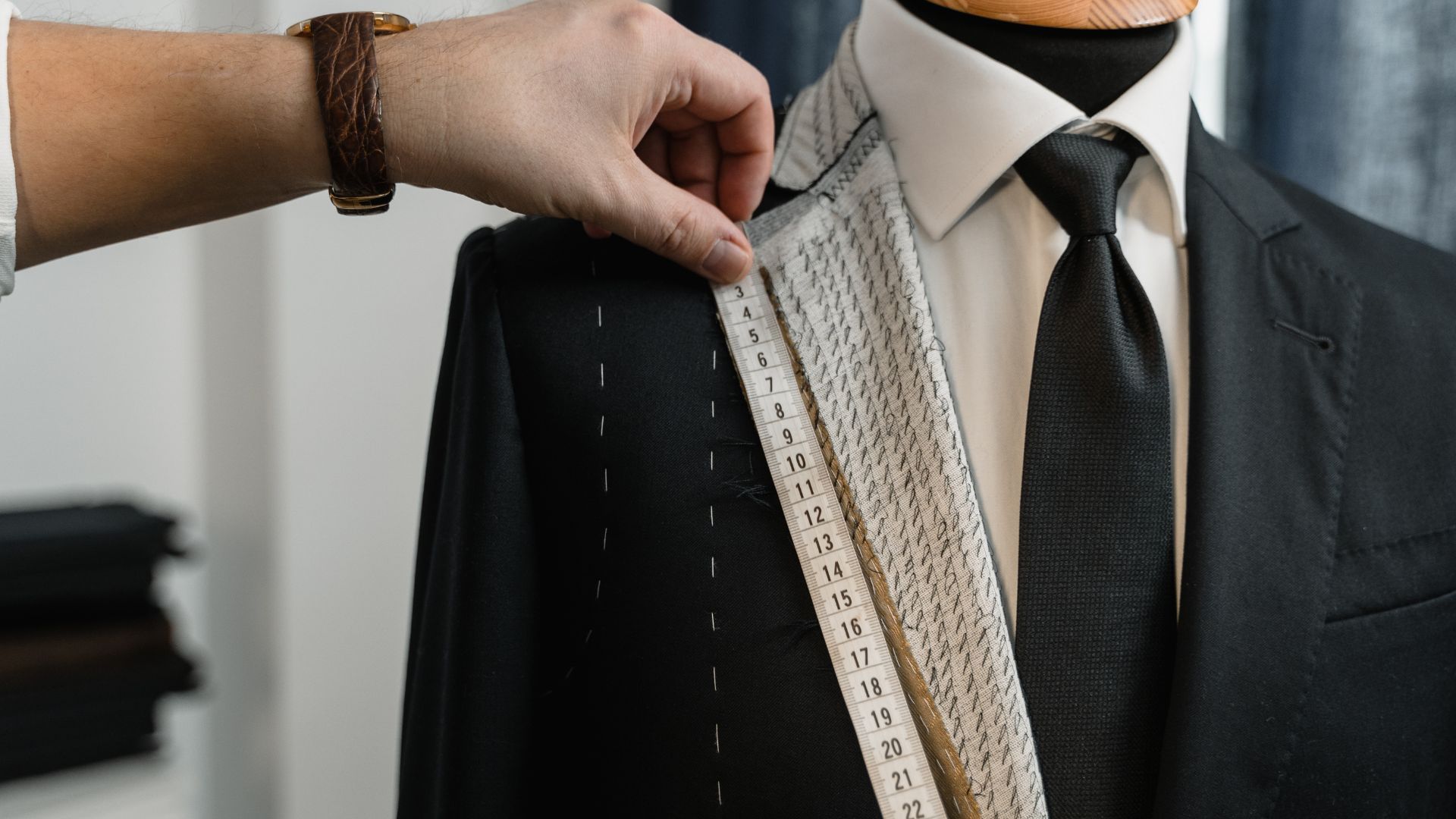The materials that go into a suit, an explainer
Purchasing a suit can be a big investment, meaning it is important to get it right. This all starts with choosing the right material. Whilst an experienced bespoke suit tailor will guide their client through available options, it is worth taking time to educate yourself if you are in the market for a custom suit.
We have composed a short list of some of our finest luxury fabrics designed for suiting and their benefits to help you make an informed decision:
Wool - Due to wool being a natural material, it is comfortable and breathes well, meaning it can be worn during mid-day heat and on cool nights. It is an exquisite material to work with and tailor, as it keeps its shape and above all is easy to dye. At Pascalis Bespoke Tailoring we use Pure Merino
wool, the finest grade of commercial wool available. Pure Merino wool is naturally fine, silky in texture and extremely soft.
Cashmere – A suit that is 100 per cent cashmere, or a cashmere blend is regarded very luxurious. When speaking of cashmere, you could truly say that softness is its strength. Used in Roman and Byzantine periods, its popularity has been a continuous historical thread. The luxurious material itself is sourced from the process of natural shedding of their fine under hair.
Silk – Silk is one of the most affluent fabrics as it offers superior comfort and luxury. The material is wonderful for regulating temperature. It is a breathable fabric meaning it retains the body’s heat in cold weather and heat is expelled in warm temperatures.
Worsted Fabrics – Worsted fabric is a compact textile known for its high durability. Worsted is a smooth compact woollen, spun from the longer fibres, more than 65mm in staple length, of the fleece. The essential feature of the worsted yarn is the straightness of the fibre as the fibres lie parallel to each other. In times gone by, long fine staple wool was spun in order to create worsted yarn, but other long fibres are also used today.
Cotton Gabardine – Cotton Gabardine is often used by bespoke suit tailors to make pocket linings for business suits. Clothing made from gabardine is usually labelled as being suitable for dry cleaning only, as it is for typical wool textures. Gabardine may also refer to the twill-weave used for gabardine fabric, or for a raincoat made of this fabric.
For more information on the materials that go into a suit, and to speak to one of the finest bespoke suit tailor’s in Sydney,
contact Pascalis Bespoke Suit Tailoring on
9231 1211.
